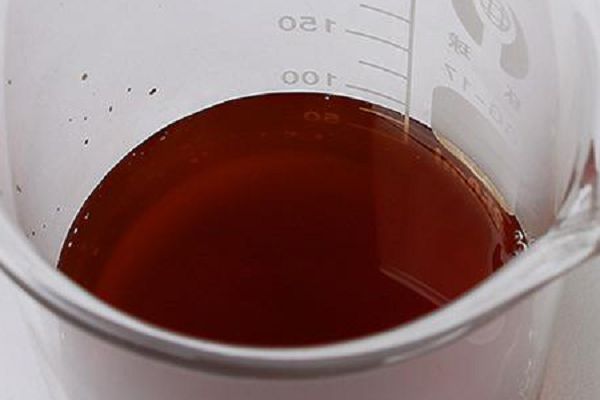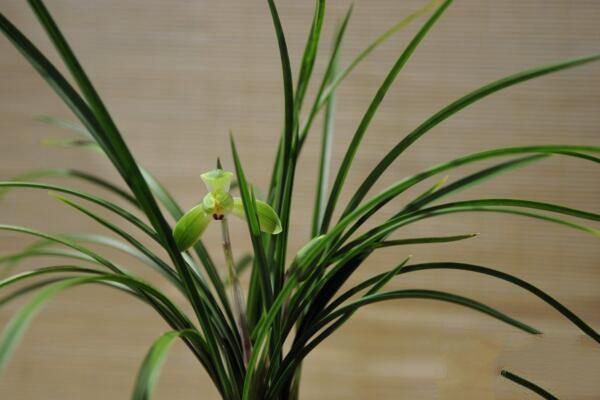Control methods of Diseases and insect pests in Milan Flower

Milan flowers can blossom many times in a year, and they are at their peak in summer and autumn. they are good ornamental plants. Today, the editor would like to share with you an article on common diseases and control methods of Milan flowers. Let's take a look.
The main diseases in Milan are anthrax, chlorosis and so on; pests are mainly white aphids, red spiders, shell insects and so on.
Anthrax
Anthracnose is a major disease that is easy to infect in Milan. it often breaks out from June to October, and the infected leaves start from the tip and edge of the leaves and gradually turn brown. Petioles and stems will also gradually turn brown if infected with this pathogen.
Prevention and treatment: after discovering the diseased branches and leaves, the diseased body should be removed in time, the source of infection should be cut off, the ventilation condition should be improved, and potassium permanganate 1000-1200 times aqueous solution should be sprayed.
Chlorosis
Infected plants will lack green leaves and wither branches, which often occur in the hot and rainy season at the turn of spring and summer, and even lead to the death of the whole plant.
Prevention and control methods: mostly caused by alkali in the soil, it is necessary to loosen and improve the soil, so that the soil is slightly acidic.
Aphid disease
Prevention and cure method: if the quantity is small, it can be brushed off manually with a small brush. The serious condition can be sprayed with cigarette butts or pepper water, or 800 times of mifepril.
Shell worm
The scale insects that harm Milan are mainly blown scale, brown soft scale and so on. Its nymphs and adults gather on the back of leaves and branches to suck juice, which often makes Milan branches and leaves yellow, branches and tips wither, causing fallen leaves and even the whole plant to die. Scale insects can also induce coal fouling disease in Milan, affect plant photosynthesis and reduce ornamental value.
① blown cotton scale
It has a wide range of hosts, in addition to Milan, it can also harm red back good, Michelia, Fusang, camellia, bergamot and other flowers and trees. The female adult is oval, orange-red, 5-7 mm long, flat on the ventral surface, raised on the back, tortoise shell-shaped, covered with silver-white wax and fibrous wax filaments, with white oocysts on the abdomen and 14-16 ridged lines on the sac. The male adult is 3 mm long, slender, orange-red, with well-developed forewings, grayish brown and degenerated hind wings. The nymphs were not covered with wax when they were hatched, and the yellowish wax powder gradually appeared after feeding. The egg is orange-yellow at the beginning of laying, and then gradually becomes orange-red.
In the northern region, mosquitoes produce 2-3 generations a year, mainly overwintering as nymphs and female adults. The suitable temperature is 23 ℃ ~ 24 ℃, high temperature is not conducive to its growth and development, 39 ℃ can make it die.
② brown soft scale
It is common in the greenhouse in the north, and there are many kinds of flowers and trees. The female adult is 3-4 mm long, ovoid, flat, mostly brown, with longitudinal ridges on the back. The nymph is long oval, flat, yellowish green and longitudinally ridged in the center of the back.
The brown soft scale has two or five generations a year, overwintering as a female adult or nymph, becoming an adult from April to May in the second year, viviparous nymphs from May to June, nymphs do not move after fixed feeding, and viviparous nymphs are born after turning into adults in August.
Prevention and control methods:
1. The quarantine of introduced seedlings should be strengthened to avoid the long-distance spread of pests.
2. The worms should be thoroughly removed before Milan enters the room in autumn. In case of scale insect damage in domestic Milan, the insect branches can be removed and burned centrally with a soft brush or combined with pruning.
3. Chemical control. Must seize the egg incubation peak, spray 50% malathion EC 1000 times or 25% imidophos emulsion 1000 times and other agents, spray once every 10 days, even spray 2 times 3 times can be effective. If the shell has been formed, Wei Ludan and Tiemike granules can be buried in the soil, with a flowerpot with an inner diameter of 24 cm, 10 grams of 3% Wei Ludan granules or 3 grams of 5% Tiemiake granules, or 1500 times of EC can be sprayed.
Red spider
Control method: spray the plant with 1000 times of dichlorvos or 2000 times of dimethoate.
Related
- Is the orchid suitable for indoor use? Is it good for the body?
- How to prevent the empty root of orchids?
- What to do after the crab claw orchid is withered?
- Why are the leaves of orchids always yellow? Fertilizing and watering.
- Can the root of the gentleman orchid be saved if it is rotten?
- Diagnosis and treatment of cotton-blowing beetle insects in Cymbidium
- There is a way for a gentleman's orchid to rot.
- What is the most suitable temperature and humidity for the orchid?
- How to raise a gentleman's orchid? Cultivation techniques of Cymbidium
- How to prepare the nutritive soil for the cultivation of Cymbidium



